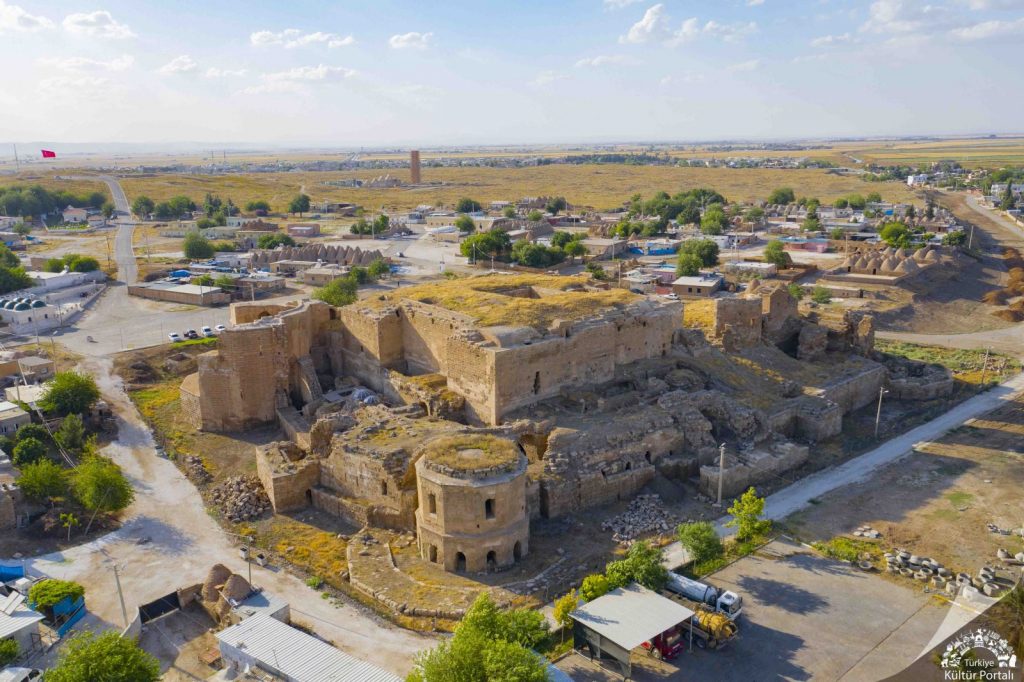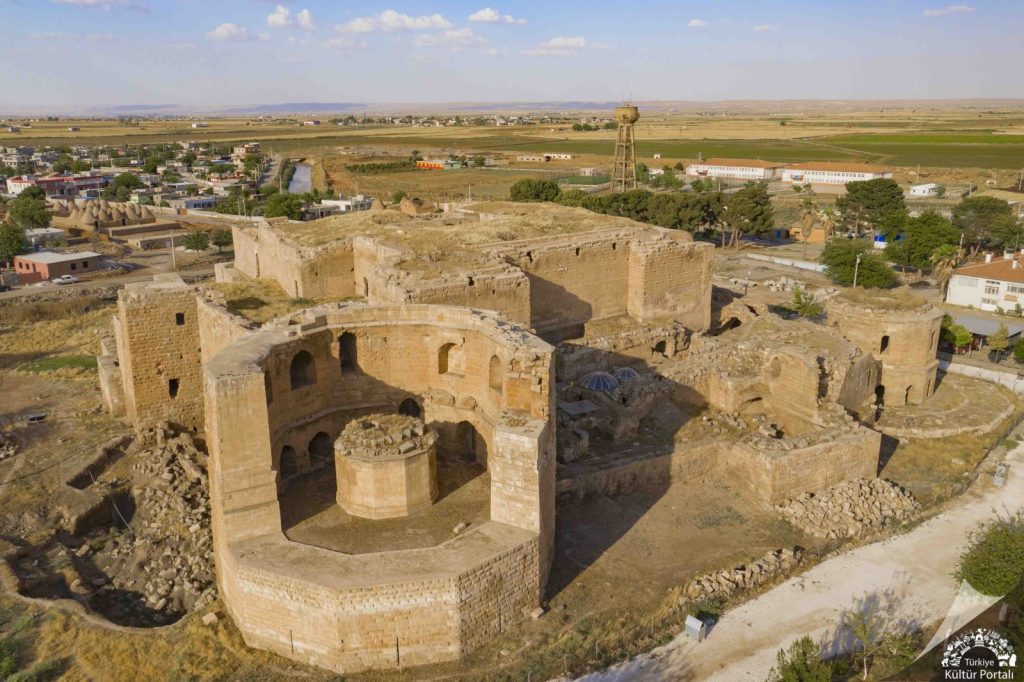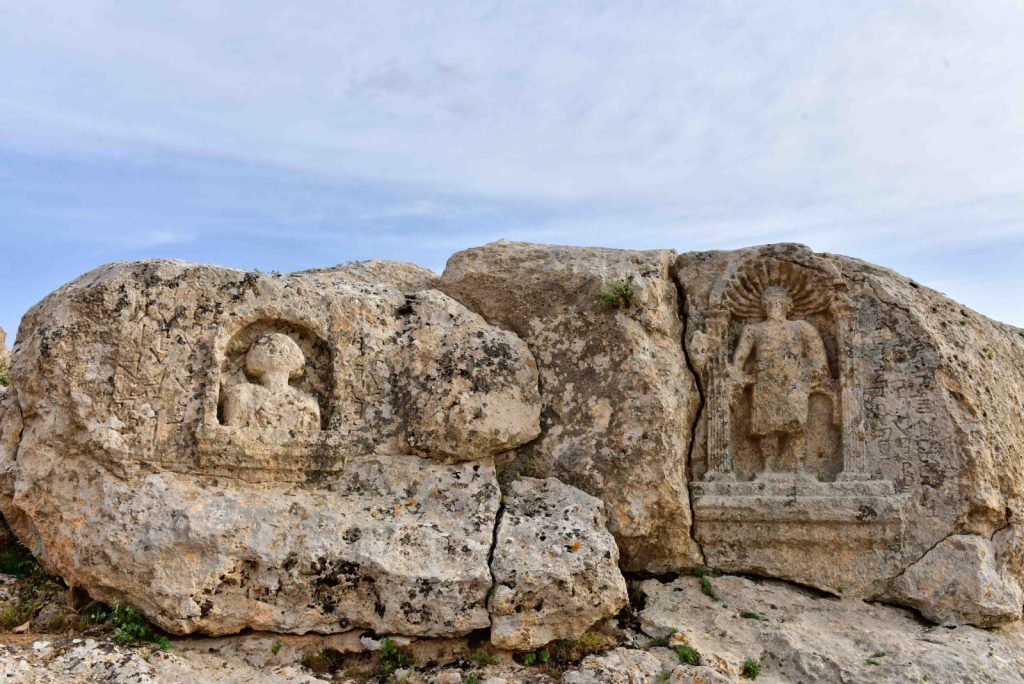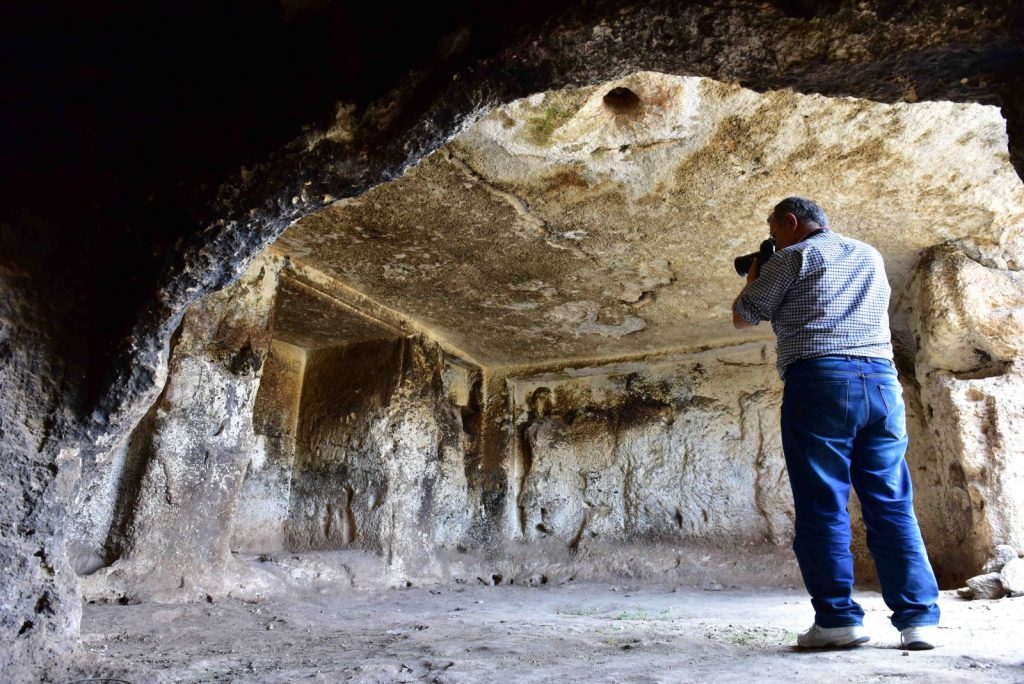GÖBEKLİTEPE
Göbeklitepe, 21 kilometers away from Şanlıurfa city centre, is the world’s earliest known monumental temple. The findingsat Göbeklitepe ruinsled us to reviewtheknowledge of oursprehistoric hunter-gatherer ancestors. We thought that they were a group of people migrating from a place to another and settling only when animals to hunt and plants to pick were found, and living in quite primitive and small groups. However, Göbeklitepe dating back to 9600 BC shows that they were not as primitive as we used to think.On the contrary, they were able to achievesocial organisation, came together for the sake of faith/purpose, and built themselves atemple/cult/gathering centre,erecting pillarsweightingnearly 7 tons andrichly adorned with animal engravingsthat showa high level of handicraftshipat a time when there was no mining, no animal domestication, no agriculture and no engineering and writing.Göbeklitepe has been included in World Heritage List in 2018 and became the 18th UNESCO World Heritage site in Turkey.Göbeklitepe awaits you toteach youmuch more about this interesting era,12,000 years old, and to let you feel the strength ofFaith.
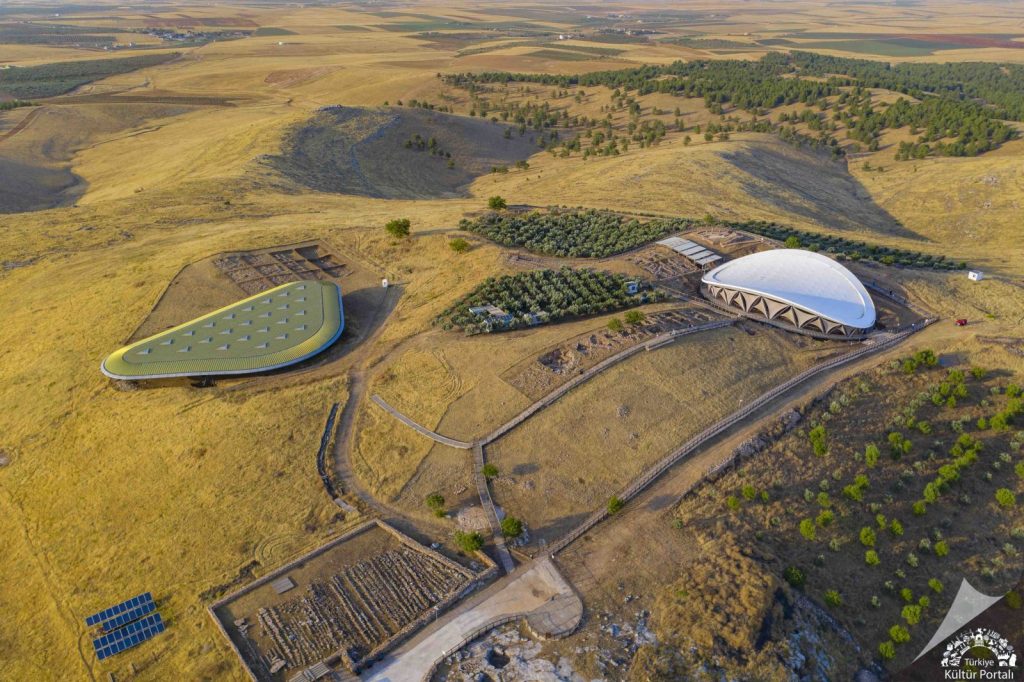
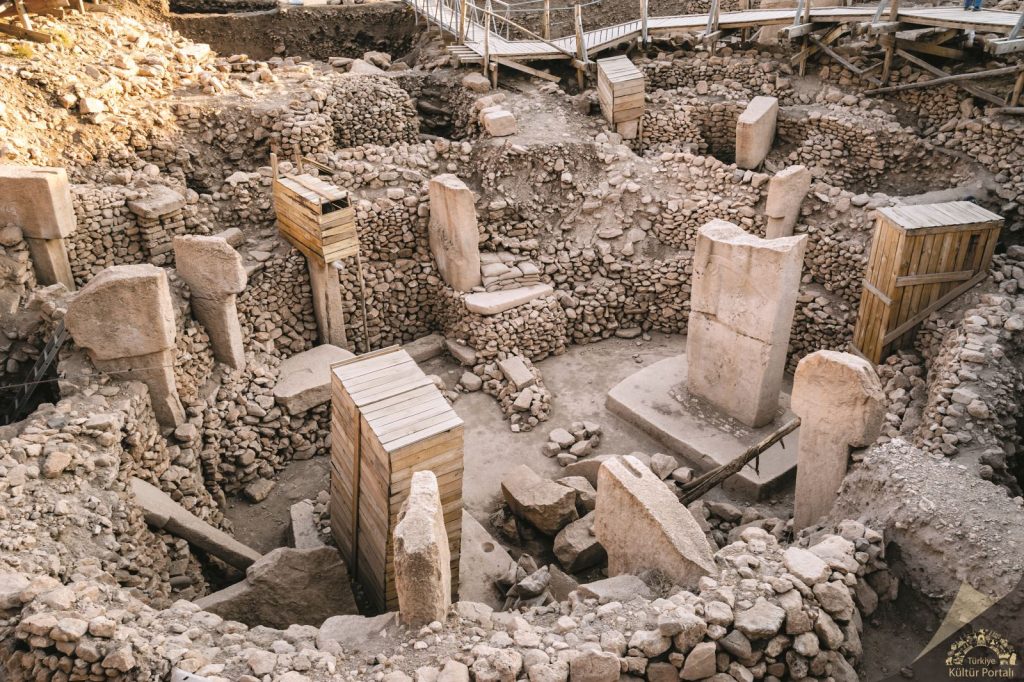

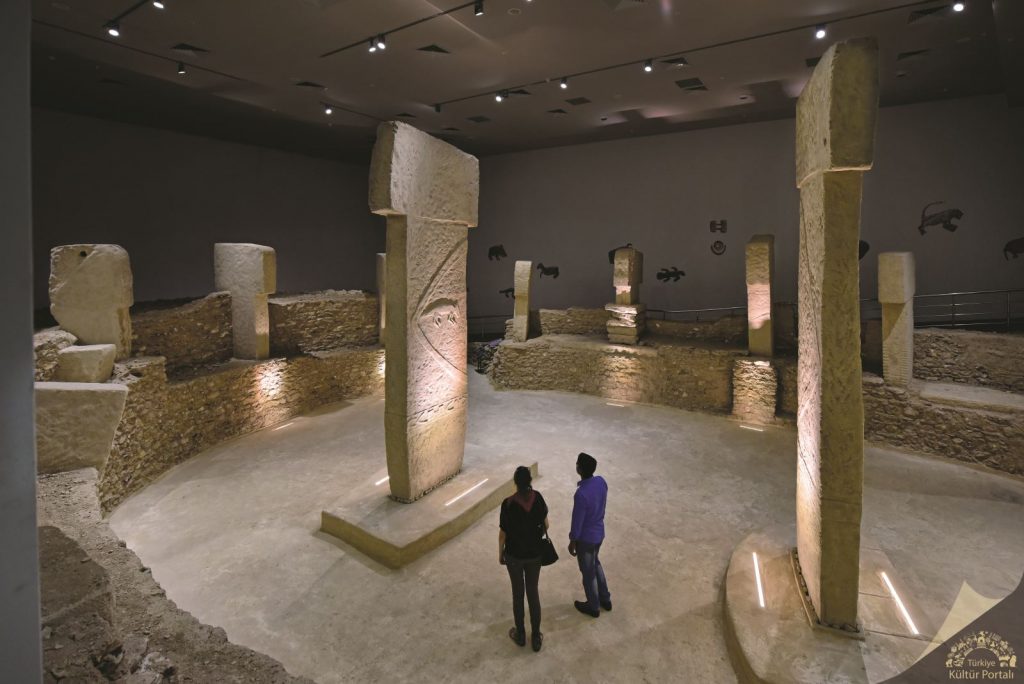

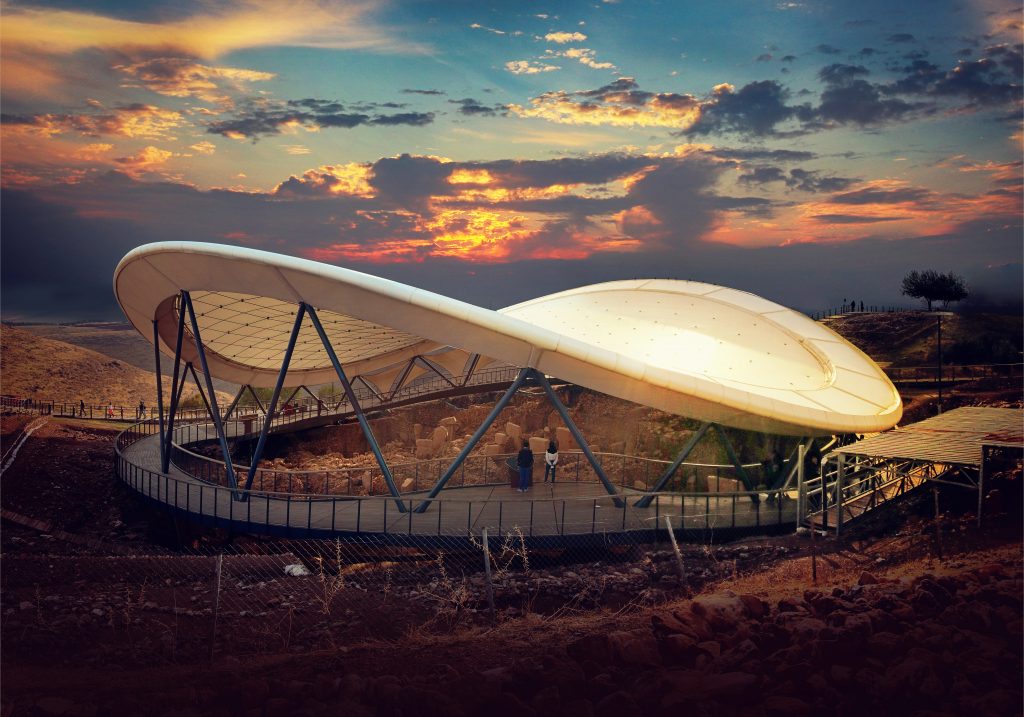
BALIKLIGÖL
In the past,taxeswere collected from trade caravans at inns (han) where they were accommodated to spend the night. In that period, the inns were utilised as hotelsby themerchants, and where their animals were fed and could rest.Şanlıurfa is located along important trade routes since 2,000 BC, and for this reason visitors can still find many inns. One of the most renowed isGümrük Han which was built by Behram Pasha in 1562, during the sultanate of Süleyman the Magnificent.In its garden, hundreds-year old treescan still be admired and a water channel from Balıklı Lake refreshes the air: this is one of the 11 remaining Hans from the Ottoman period. Enjoy a cup of bitter coffee (mırra) or of Ceylon/mixed tea (kaçak çay)at the Gümrük Han is amustduring your trip to Sanliurfa.
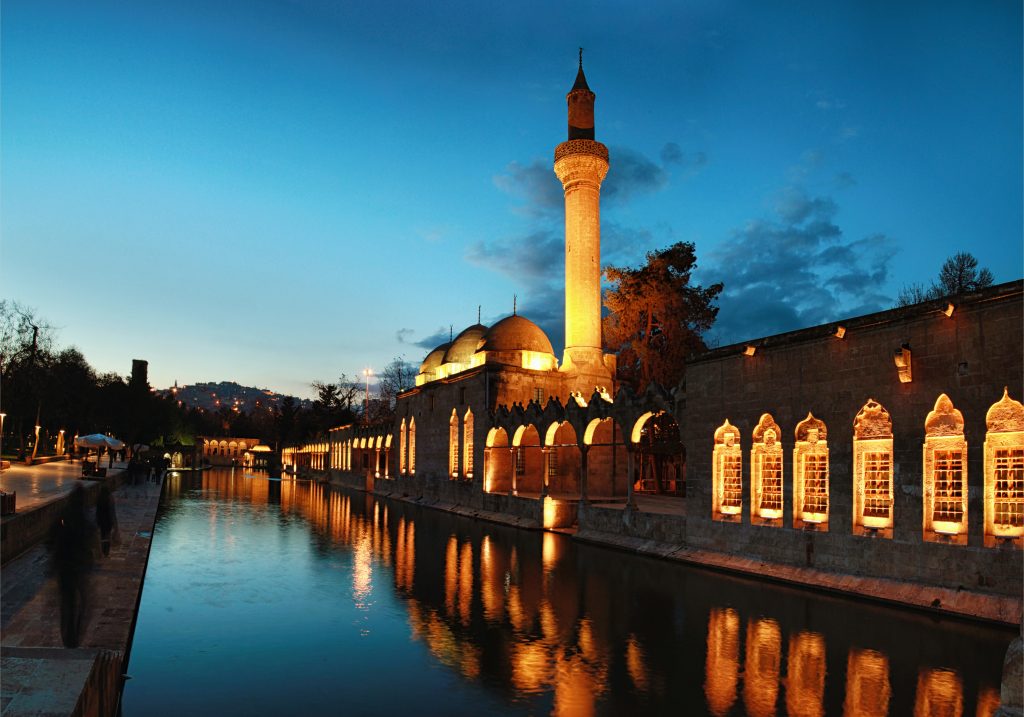


THE MUSEUM COMPLEX
The Şanlıurfa Museum complex is the largest in Turkey: it includesthe Şanlıurfa Archaeological Museum, the Haleplibahçe Mosaic Museum,the Arhaeopark, the escavations of the Roman Bath and Sakıp’s Mansion. Extensive rescue excavations were carried out in this region since the 1960’s whendams on the Euphrateswere constructed: Şanlıurfa Archaeological Museum has one of the richestarchaeological collections of Turkey, in terms of quality and number of findings. The full tour of the exhibition halls of the Museum, set up in chronological order,from prehistoric ages to the present, may take hours. In addition to a great number of archaeological monuments found in Şanlıurfa and its surrounding, the exact replicas of the‘Urfa Man’,regarded as the world’s oldest statue (9300-8700 BC) and the Temple “D”ofGöbeklitepe,are exhibited in special halls of the Museum. Moreover, thecult site known asNevali Çori, submerged when the Atatürk Dam was built,was moved to the museum in its original state. Haliplibahçe Mosaic Museum, located right next to the Şanlıurfa Museum, is renowned for the magnificent hunting mosaics depicting the Amazons(hunting women)frequently mentioned as mythological characters, and the mosaic of Orpheus the ancient Greek legendary hero endowed with superhuman musical skills.
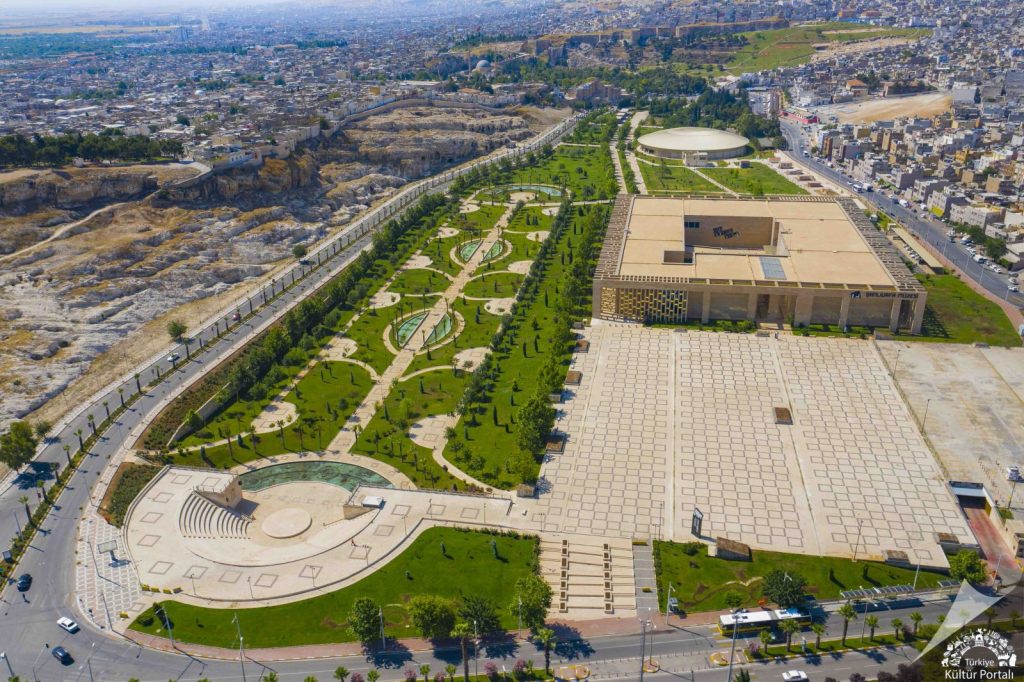
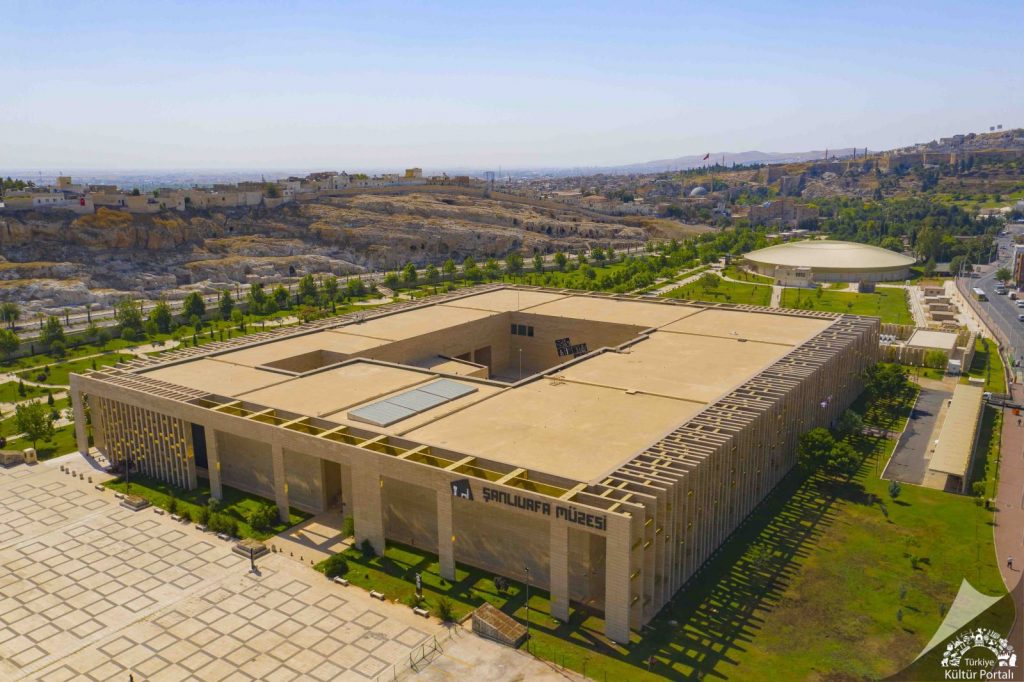
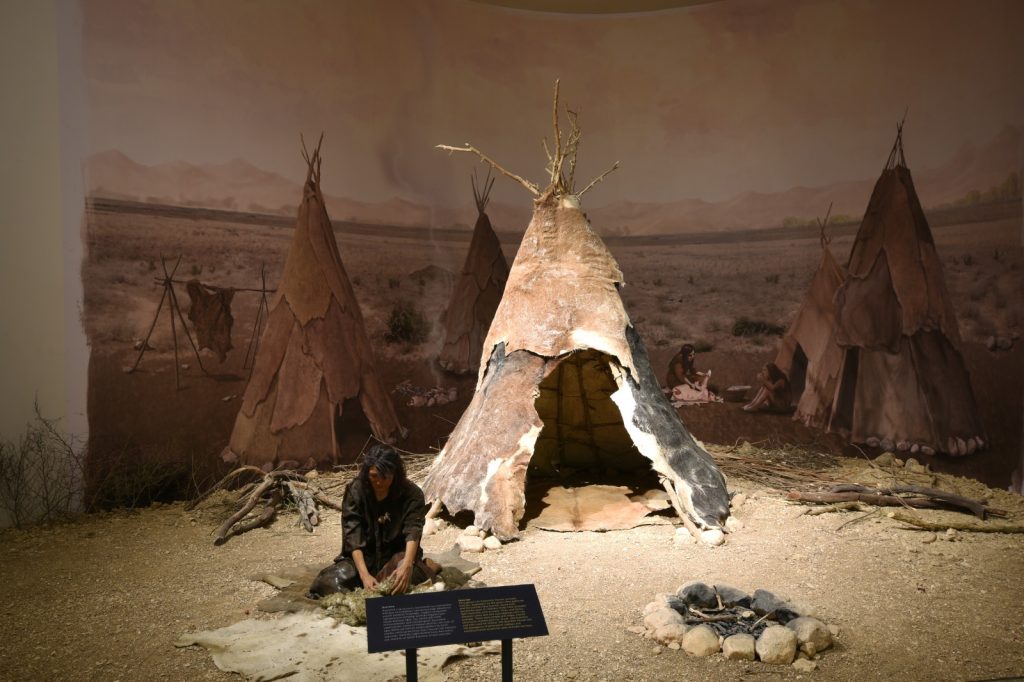
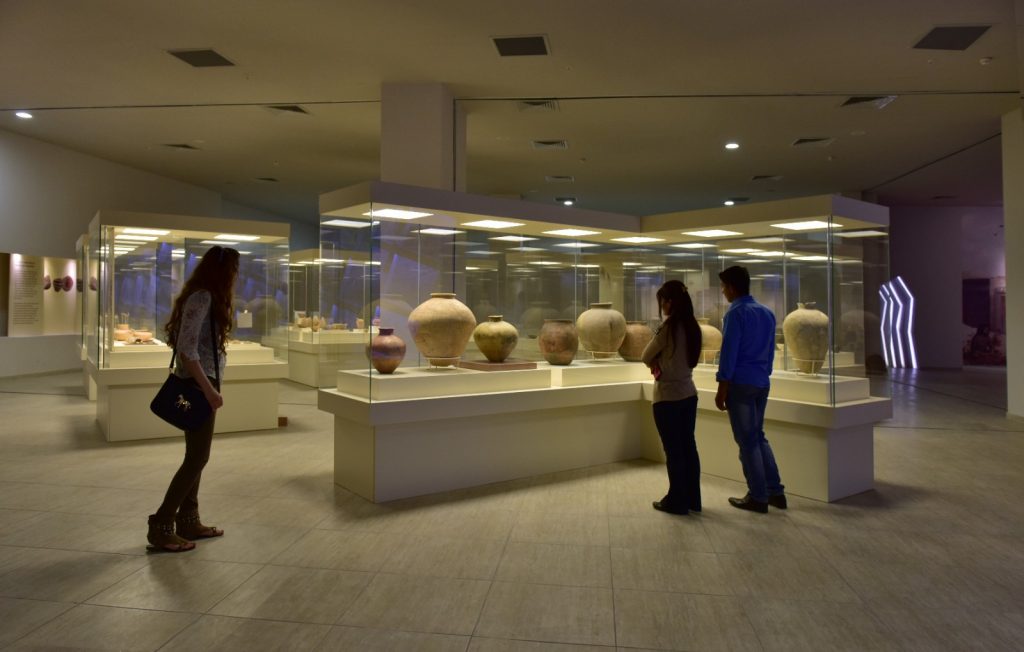
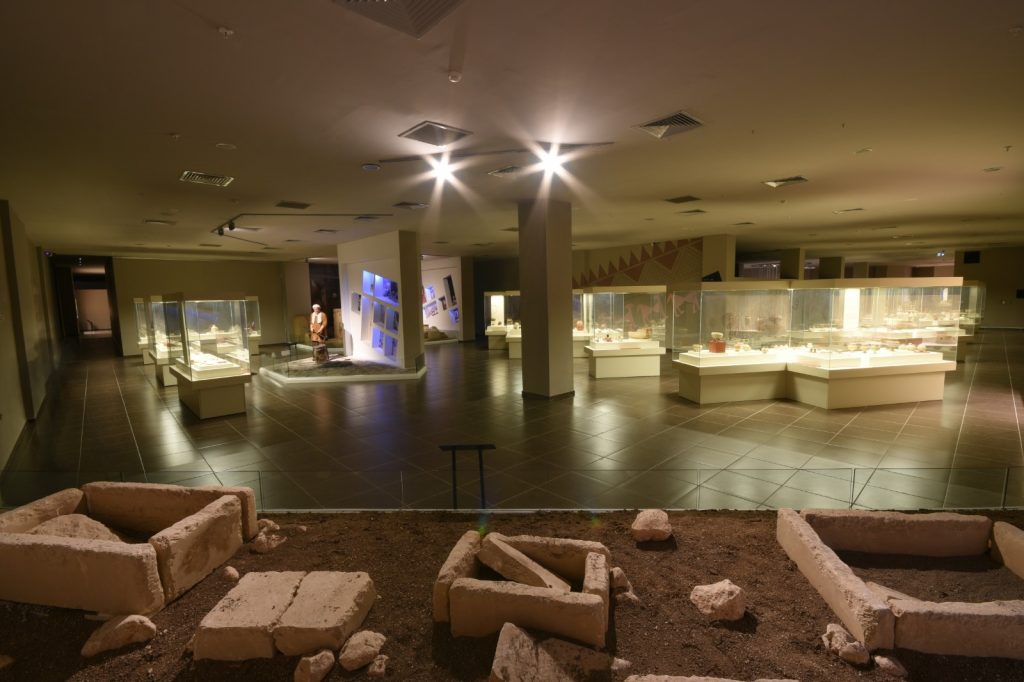
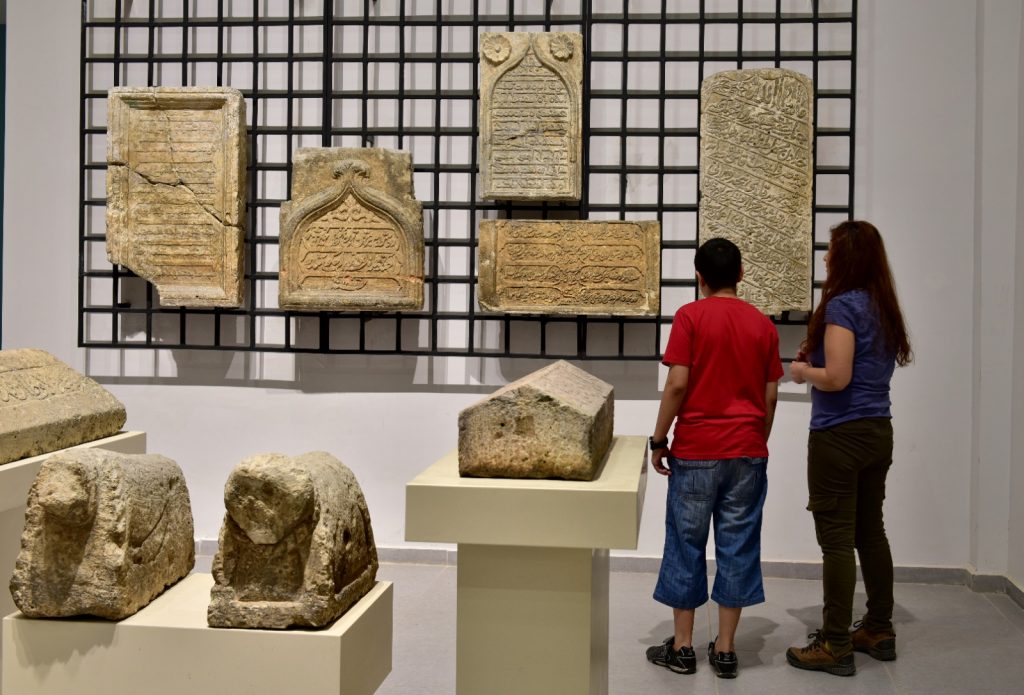
HARRAN & SOĞMATAR
Harran is a city who’s name have remained unchanged for the last 4000 years. It is the last capital of the Assyrian and Umayyad Dynasties. Throughout the history, this ancient city has been a centre of faiths, trade and agriculture. Still old, still traditional: Harran is like an open-air museum with its mausoleums, castle and city walls, mosques, beehive houses, original Arabic culture and local clothing. On your journey from Harran to the Tek Tek Mountains National Park, following the route of the ancient Silk Road, manyhistorical andreligious centres associated with the history, archaeology, mythology, and religions await you. A variety of rare birds and plant species can be seen, particularlyduring spring and autumn.
